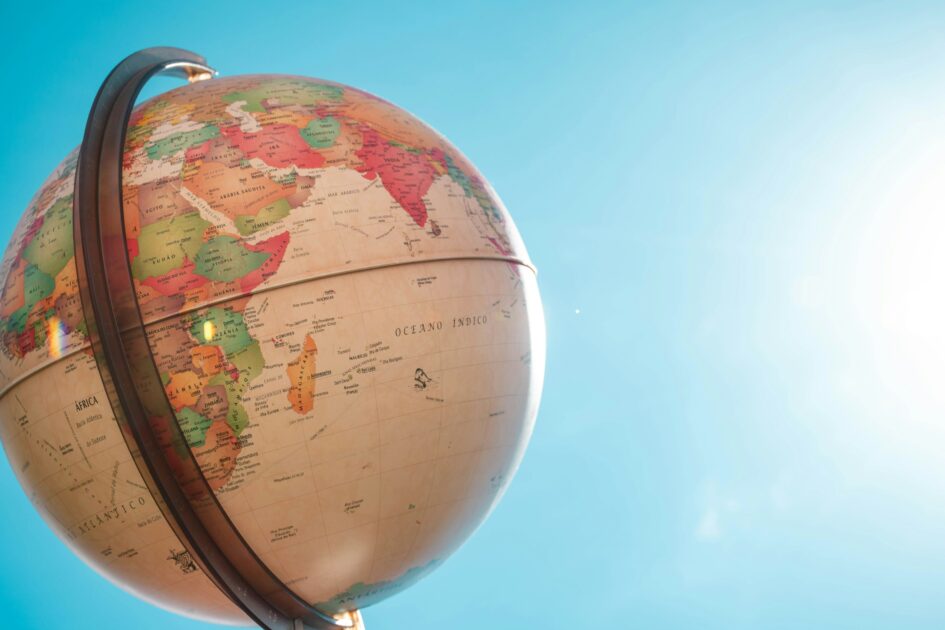What is worldview?
A worldview is an individual’s set of beliefs that shapes their understanding of reality. It is influenced by knowledge, culture, and social factors. This worldview impacts a person’s actions and decision-making, guiding how they interpret the world around them and respond to different situations. It affects not only how individuals interact with others but also how they approach challenges and make choices in their lives.
How would you describe your worldview?
I would describe my worldview as ever-changing and evolving. As I continue to learn more about the world around me and discover more about who I am, my worldview shifts and adapts accordingly. However, if I had to capture it in one word, I would say “positive.” I strive to maintain a positive outlook on life and to remain grateful for everything I have. When it comes to the worldview of teaching, I believe the education system is also constantly changing and evolving, and this dynamic nature should be celebrated. Embracing change in both personal and educational contexts opens the door to growth, creativity, and improvement.
While thinking about your own worldview, also consider the impacts of your ethnocultural, socioeconomic, geopolitical, and spiritual identities.
I consider myself extremely lucky to have been raised in Canada, spending most of my life in the beautiful East Kootenays. As a white Christian woman, I acknowledge that my personal beliefs have a significant impact on my worldview. Living in Cranbrook has deepened my understanding of the importance of Indigenous knowledge, particularly regarding the Ktunaxa culture. This is something I have been continuously learning more about through my education, and it will undoubtedly influence the way I approach teaching in my future classroom.
Why as a teacher is it important to be aware of your own worldview, as well as those of your students and school community?
I think it is important to recognize that our role as educators is not to impose our personal worldviews on our students but to teach the curriculum. We must remain grounded in our professional responsibilities and be mindful of how we act around students, ensuring they feel safe and supported, rather than judged or uncomfortable. Another key aspect of this is self-reflection as an educator. We should regularly ask ourselves: “Am I introducing personal biases where they shouldn’t be?” and “Am I allowing my students the freedom to create and shape their own worldviews?”
What can you do, as a teacher, to ensure that your worldview does not impede the success of the diversity of learners in your classroom?
I believe that, to some extent, a teacher’s worldview will inevitably influence the classroom because we bring our worldviews with us. However, it is our responsibility as professionals to ensure that this does not hinder the success of our students. Personally, I think that for students to truly succeed, there needs to be exposure to multiple perspectives and ideas because diversity does matter. Learning should take place not only in the classroom but also out on the land and with people from different cultures. How boring would it be if I were the only person my students saw, and they never had the opportunity to learn from someone else? It’s also important for students to have the chance to step into the role of teacher themselves.

January 15, 2025 at 4:10 pm
Ashlyn,
Thank you for your post! Yes, your worldview will change as you gather life experiences, both good and not so good. That is how we shape who we are. Yes, check your biases at the door, be aware of them and have that open mind and heart as you begin your journey walking alongside your learners.
As you mentioned, exposure to multiple perspectives is so important to allow for those voices that may have been marginalized in the past to speak up.
Taxa,
Judi